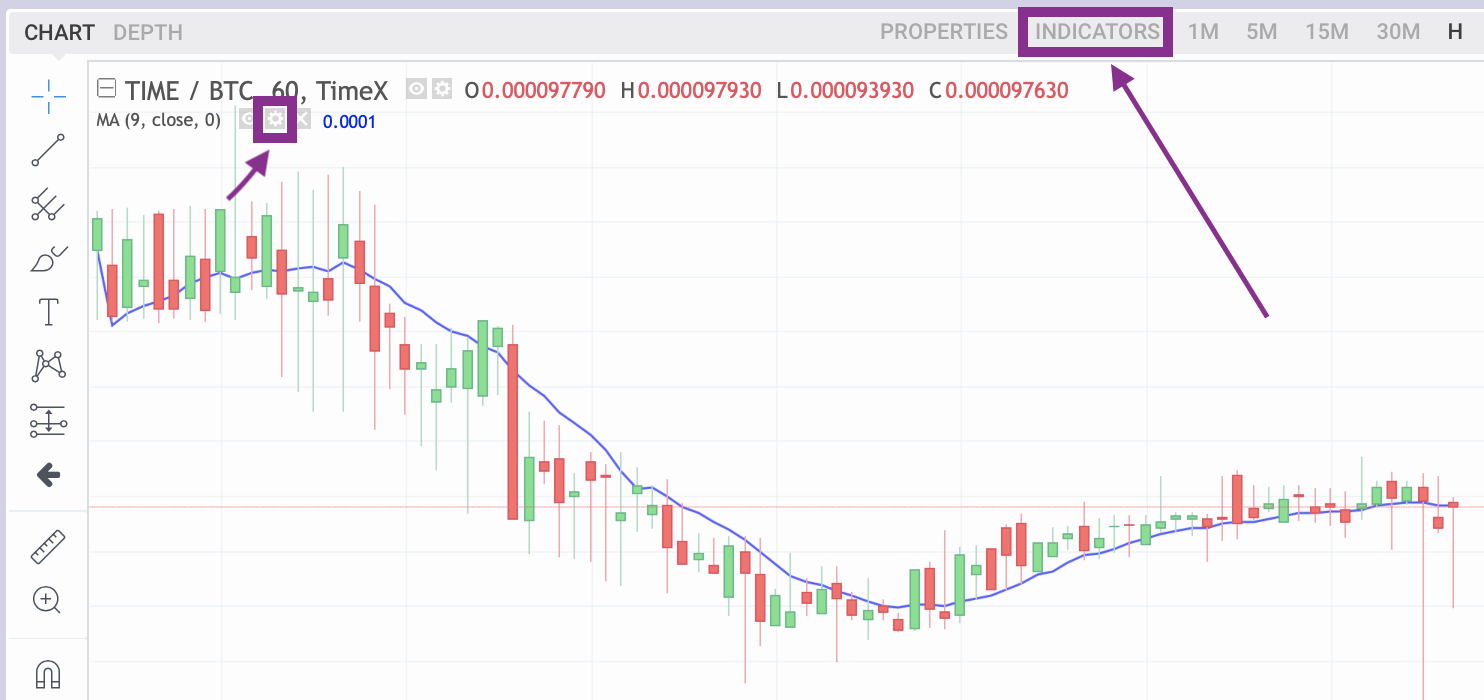Trading Indicator Highlight - Moving Average (SMA)
General
In technical analysis, a moving average is simply a rolling average based on the latest set of prices. These could be the daily closing price, but could equally use data from hourly or 5-minute candles. Taking the average smoothes out price fluctuations and provides context for the current price. For example, a rising MA line is bullish (on that timeframe), while a falling one is bearish.
The number of points to be averaged depends on the trader’s aims; a day-trader in one market might use very different MAs to a swing trader in another market. The shorter the time period used to create the MA, the more sensitive it will be to changes in price. Conversely, the longer the time span, the less sensitive the average will be. A 200-period MA will react more slowly to price changes than a 50-period MA – but will provide a better long-term context. All MAs are lagging indicators, based on past prices. The longer the time period, the greater the lag.
Calculating the Simple Moving Average
SMA = (P[1] + P[2] + P[3] + . . . P[N]) ÷N
where:
N is the number of periods in the SMA
P[N] is the price point being averaged (usually the closing price)
Essentially, a 50-period MA on the 1D chart will show you the average price for each day (candle), based on the prices of the previous 50 days.
Traders often use a short-term MA crossing a longer-term MA to understand how market trends are changing. For example, the 50-day MA crossing upwards over the 200-day MA is known as a Golden Cross – a bullish signal – while a cross down is known as a Death Cross (bearish). But the beauty of MAs is that they can be used on any timeframe.
How to add the Moving Average to a Chart
Open your desired market on TimeX.io exchange, i.e the TIME/BTC market, locate the price chart window, and click Indicators.

Then search for and choose Moving Average.
You should now see the Moving Average Indicator on the chart. Now you can edit its inputs and style by clicking on the gear-symbol next to the indicator list, shown beneath the TIME/BTC market symbol on the left of the chart.
